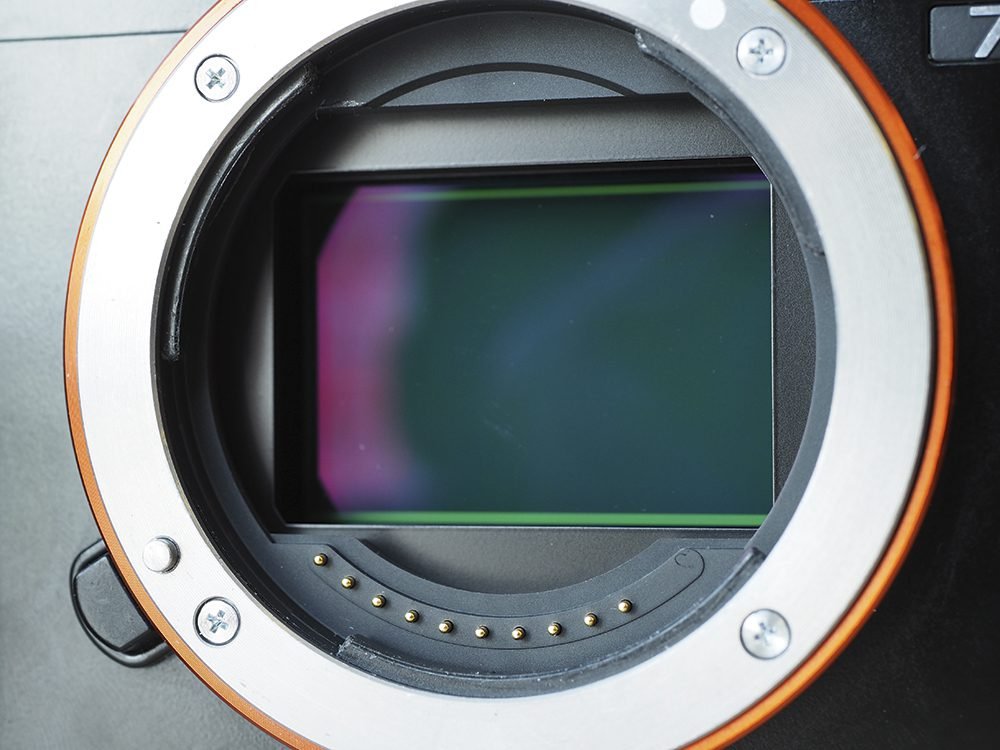
New organic CMOS image sensors are making their way into the market as innovation becomes the focal point of market players. They have invested an enormous amount of resources in developing innovative products that would offer advantages over conventional sensors. Tech giants including Samsung, Teledyne have rolled up their sleeves to offer innovative products that are developed with new technologies. This focus on innovation from market players has proved a boon for organic CMOS image sensor industry. According to the research firm Allied Market Research, the global organic CMOS image sensor market is expected to reach $1.75 billion by 2025. Following are some of the activities taking place in the industry that would change the way in which CMOS image sensors were perceived:
As the innovation becomes the focal point of research and development activities in the organic CMOS image sensor industry, market players have carried out research activities and offered innovative technologies. Samsung, the tech giant in advanced semiconductor technology, revealed its ‘ISOCELL Plus’ technology. This technology enables CMOS images sensors to grasp more light, which in turn, raises color fidelity and light sensitivity. Smartphone users can avail more accuracy along with better quality of images during adverse light conditions. If the CMOS image sensors capture as much light as possible, it can offer more information regarding color to a photodiode. This was executed by the ISOCELL technology released in 2013. With the introduction of ISOCELL Plus, the technology is enhanced using the optimized pixel architecture. In the pixel structure, there is the formation of metal grids over photodiodes that lowers the interference between two pixels. This causes the optical loss due to reflection or absorption of light from metals. With the introduction of ISOCELL Plus, Samsung chose to replace the metal barrier using a new material developed by Fujifilm. This material reduces the optical loss and reflection of light. This new technology provides high color fidelity and nearly 15 percent rise in light sensitivity. Image sensors can capture 0.8-micrometer (µm) and smaller-sized pixels without incurring a loss in performance. This will provide an excellent solution for the development of high-resolution camera having more than 20 megapixels.
Read Also Canon EOS M50 Mirrorless Camera Body w/4K Videο
The release of new products is one of the most common strategies adopted by market players. Teledyne e2v, a subsidiary of Teledyne Technologies and innovator in vision solutions, has expanded its Emerald family of CMOS image sensors. The company has launched a 5-megapixel device, designed with Automated Optical Inspection (AOI), machine vision, and factory automation applications that offer high-resolution images of objects in motion. Equipped with 1/1.8 inch optical format and a 2.8μm, low-noise shutter pixel, this sensor is available in color and monochrome. Emerald 5M offers rapid and wide-range operations along with patented features. This sensor is designed for machine learning applications in which a miniaturized organic fan-out package of 1.19 mm thickness is offered. R&D engineers can avail flexibility with MIPI CSI-2 interface and its global shutter. With these capabilities, they can use the recent Image Signal Processors (ISP) for developing mobile applications. The sensor is equipped with embedded digital functionalities that lower down the load on the processor. The innovative products would offer new capabilities and help market players gain more stake in the international market.
Innovations are meant to change the course of history and this is what Panasonic has been striving to do. It has revealed the AK-SHB810 8K camera. It is a multipurpose, lightweight, and compact camera which is equipped with a PL lens mount in which organic 8K CMOS image sensor is used. This is the world’s first organic sensor that would offer a better low-light sensitivity and dynamic range. The organic photoconductive film (OPF) technology of Panasonic is utilized in this camera. An organic thin film is used for constructing a laminated structure to enable a better photoelectric conversion. According to the company, this technology provides a wide dynamic range in comparison to other CMOS cameras. The credit should be given to its global shutter that captures a whole image at once. Panasonic outlined that a high-speed noise cancellation technology along with high saturation technology have been achieved through the utilization of unique structure of an OPF CMOS image sensor. The images at 8K resolution in high contrast scenarios can be captured. The global shutter function would capture the moving object without any distortion. This technology will be equipped in the cameras within a year. The company would challenge the leading market players across the world with its innovation in high speed, high precision, and high-resolution imaging.
Tech content on this site may include contributed articles and partnerships with industry voices. Learn more in our Editorial Policy.




